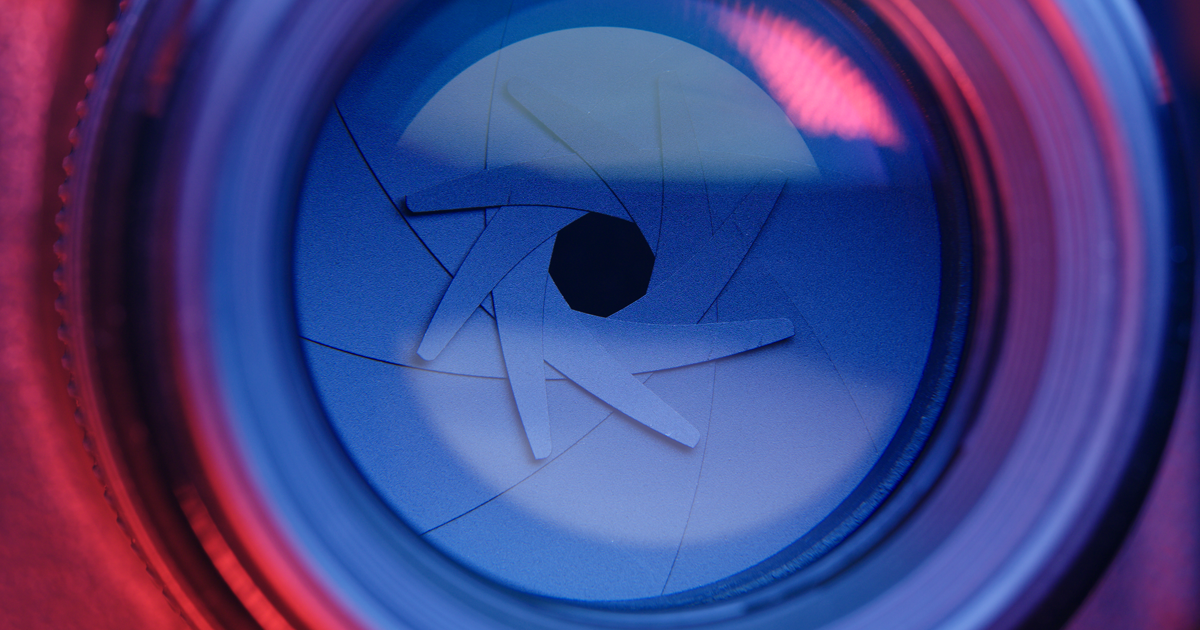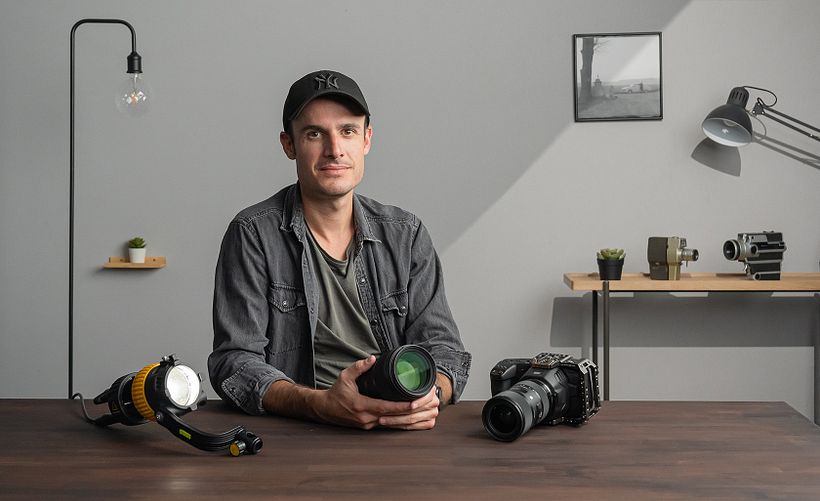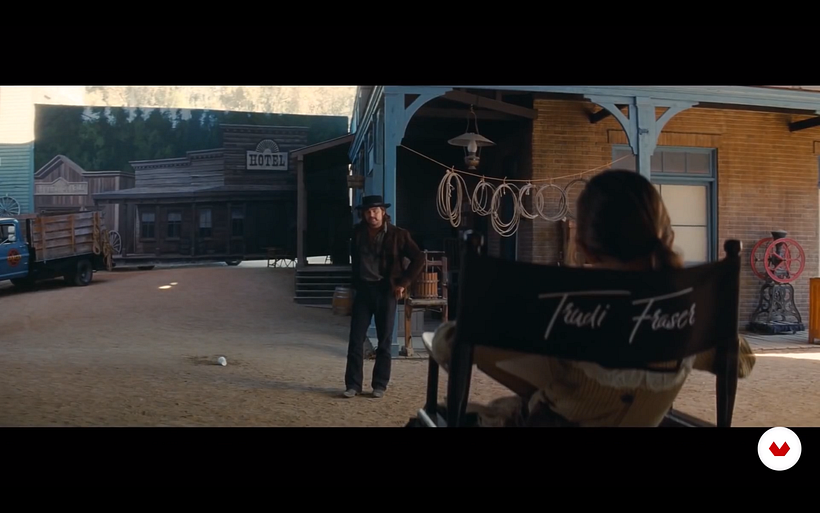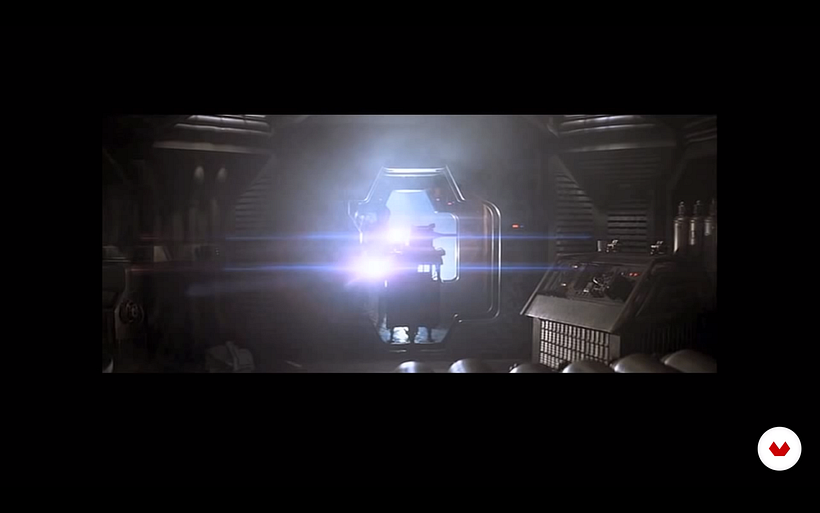What Are Anamorphic and Spherical Lenses?

Discover the differences between these popular lenses used by filmmakers since the 50s
What tools we use to capture a story on film will depend on the story we want to tell, the look we want to create, and how we want our audience to interpret the images on screen.
David Curto (@davidcurto) is a director of photography who has worked with clients such as CAT Footwear, Carrefour, and Ford. He has also shot music videos and collaborated on feature films, including Samir Oliveros’s "Bad Lucky Goat” and the Netflix series “The Neighbor”.
In this blog post, David explains the differences between anamorphic and spherical lenses. Not only do these different lenses have their own practical features, but they also produce unique effects that can result in highly stylized shots and impact an audience on a subconscious level.

What are spherical and anamorphic lenses?
Every lens is made up of multiple pieces of shaped glass that work together in harmony. These are called “elements” and they bend light in different ways. Spherical lenses are built with circular elements. When light travels through a spherical lens and hits the digital sensor or film stock, a regular uncompressed image is produced.
Anamorphic lenses became popular in the 50s as they allowed filmmakers to offer cinema-goers experiences that they couldn’t get at home watching TV: widescreen. While anamorphic lenses have regular circular elements at the back, they have cylindrical elements at the front, which appear oval rather than circular when you look through them.
When light travels through a 2x squeeze anamorphic lens, a compressed image is produced which squeezes twice the amount of horizontal information on the film stock or digital sensor. This image is then de-squeezed in post-production or when projected, producing a widescreen image.


Aspect Ratio
When stretched, a 2x squeeze anamorphic lens used with standard 35mm film yields a 2.39:1 aspect ratio. This is commonly referred to as CinemaScope or simply "Scope." Nowadays, digital video sensors have a wider aspect ratio than 35mm film, and so spherical lenses can also be used to achieve a widescreen image with only a minimal amount of cropping.
Bokeh
The word “bokeh” comes from Japanese and translates as “blur”. Bokeh is the visual quality of the out-of-focus areas of a photographic image, especially as rendered by a particular lens. When using a spherical lens, "bokeh" is circular. When using an anamorphic lens, it’s oval, creating a unique effect. This is most noticeable when you can see blurred lights. Background blur is more pronounced when using anamorphic lenses, as they have a shallower depth of field.

Flares
When direct light hits an anamorphic lens, it produces long horizontal flares. When diagonal light hits an anamorphic lens, it will produce multicolored lens flares. While they were once considered ugly, lens flares are now used by filmmakers as a creative effect to make their footage more visually appealing.
Softer, milkier image
When you have a light source directly shining into an anamorphic lens, it can create a softer, milkier image compared to if you were using a spherical lens.

Weight, light, and price
Anamorphic lenses are usually heavier than spherical lenses. Due to their construction, they also let in less light, meaning you lose one or two T-stops (depending on the manufacturer) and may therefore need additional lighting equipment in your kit. Anamorphic lenses are more expensive than spherical lenses due to their more complex construction.
If you’re interested in learning more about the different tools and techniques you can use to enhance your audiovisual projects, check out David’s course, Advanced Cinematography Techniques.
You may also like:
–What Is Color Grading?
–Do’s and Don’ts of Directing Music Videos
–How To Cut a Movie Trailer





+0 Kommentare